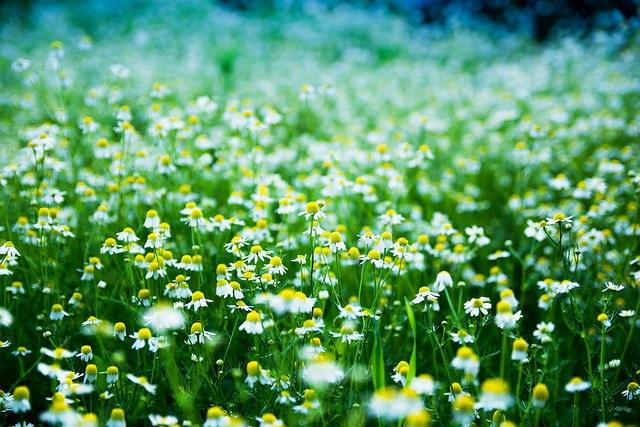
Allergy sensitivities have been on the rise for some time, particularly in the cities of developed countries like the United States, Canada and the United Kingdom, where as many as 1 in 5 individuals have been diagnosed with allergies to pollen, dust or types of food. In most cases, these allergies are more a bother than a life-threatening health risk, but the spike has attracted attention in the European Union. Physicians are seeing an increase in exposure to substances we normally think of as pollen-generators: herbal plant-based substances.
One of the culprits is a naturally-occurring terpene, called linalool, that is found in many herbs and spices. (Yes, it's also found in marijuana and is a popular component of some cannabis strains.) It's become a magic ingredient for many personal care manufacturers, who often use it to produce a desired, pleasant fragrance.
According to Environmental Working Group, more than 4,000 products use linalool for fragrance and other purposes. The EWG points out that while toxicity isn't known to cause cancer, there is a concern that consumers are being bombarded with a substance that scientists have been able to show can result in allergic reactions with repeated use.
Two of the more common vehicles for linalool are lavender and chamomile, both of which are used extensively in our personal care products. Soaps, lotions and perfumes, as well as food and aromatherapy products, all boast these two fragrances or tastes, often courtesy of the linalool extract they are made with. For those who are susceptible to allergy sensitivities, the exposure of linalool to air can be a toxic experience that can manifest in rashes, asthma or other adverse symptoms.
The rise in allergy symptoms have researchers concerned because oftentimes more than one factor contributes to its incidence. Individuals who have autoimmune disorders like rheumatoid arthritis, lupus and Celiac disease are often found to be more predisposed to allergies as well.
Some researchers tie this to what is called "the hygiene hypothesis," which states that "excessive cleanliness interrupts the normal development of the immune system, and this change leads to an increase in allergies."
If that sounds weird, think of it as the difference between born-and-raised in the country with fields of wild plants, pollen and the rich fragrances of rural surroundings, and living in the city, where apartment or condo life is often devoid of such constant exposure.
"In short," say UCLA researchers, "our 'developed' lifestyles have eliminated the natural variation in the types and quantity of germs," or healthy rural microbes that our bodies were programmed to respond to. This absence, researchers have found, not only can increase an individual's chances of developing allergies to substances, but also puts the person at risk for worsening allergy symptoms the more they are subjected to the substance.
Add to this the fact that climate change, through increasing warming of the atmosphere, helps create and disperse pollens more rapidly, and it is easy to see why researchers are concerned about the possible increase in allergic reactions to linalool substances.
The EU hasn't confirmed whether it will add warning labels to products or when it would start doing so. But it is clearly listening to findings and advice by organizations such as the Swedish Chemicals Agency, which has recommended a health warning concerning exposure to lavender products. We'll see whether governments on this side of the pond follow suit.
Image of personal care products store: James Petts
Image of commercial lavender field: Sara Fraser
Image of camomile field: Joita Gigi
Jan Lee is a former news editor and award-winning editorial writer whose non-fiction and fiction have been published in the U.S., Canada, Mexico, the U.K. and Australia. Her articles and posts can be found on TriplePundit, JustMeans, and her blog, The Multicultural Jew, as well as other publications. She currently splits her residence between the city of Vancouver, British Columbia and the rural farmlands of Idaho.














